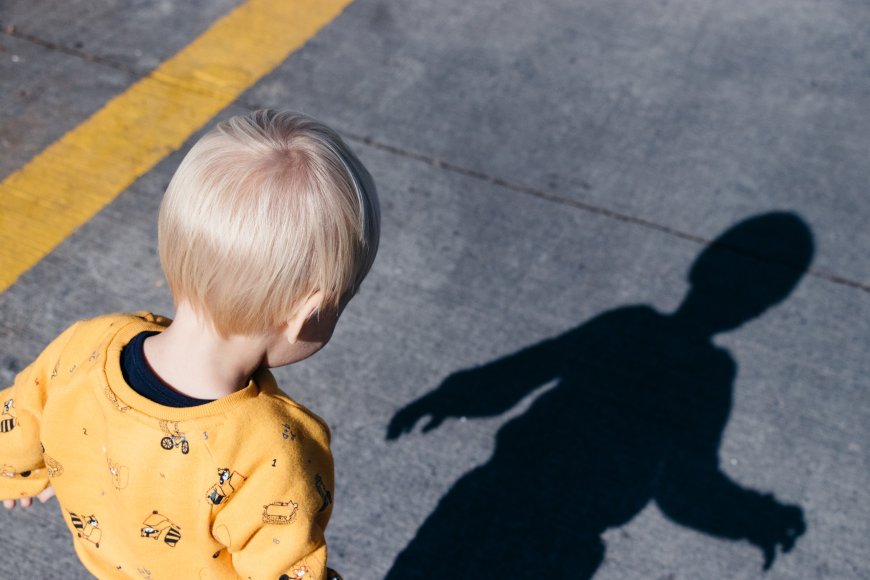The Colorful World of Light: Optics Simplified for Kids
Welcome to the dazzling world of optics! In this article, we'll explore the mysterious and colorful world of light, and learn about the science behind phenomena like rainbows, reflections, and optical illusions. So, grab your sunglasses and join us on this enlightening journey through the magical realm of optics for kids.

Light and Color: The Visible Spectrum
Light is a form of energy that travels in waves and allows us to see the world around us. The colors we see are different wavelengths of light that our eyes can detect. These colors make up the visible spectrum, which ranges from red (longer wavelengths) to violet (shorter wavelengths). When light passes through a prism, it splits into its different colors, creating a beautiful rainbow effect.
Reflection: The World in a Mirror
Reflection is the process by which light bounces off a surface, like a mirror, and changes direction. When light hits a smooth, shiny surface, it reflects at the same angle it strikes, creating a clear and accurate reflection. Mirrors are an excellent example of this phenomenon, as they allow us to see our own reflection and the world around us. Here are some key points:
-
Light travels in straight lines: To understand reflection, it's important to know that light travels in straight lines called rays. When a light ray hits an object or surface, it can either be absorbed, transmitted, or reflected.
-
Smooth and shiny surfaces reflect light: Reflection happens when light rays bounce off a smooth, shiny surface, like a mirror or a still body of water. These surfaces reflect light well because they are not rough or uneven.
-
The angle of incidence and angle of reflection: When a light ray hits a reflective surface, it reflects at the same angle as it strikes the surface. This is called the "angle of incidence." The angle at which the light bounces off the surface is called the "angle of reflection." The angle of incidence is always equal to the angle of reflection.
-
Mirrors and reflections: A common example of reflection is the way mirrors work. Mirrors have smooth, shiny surface that reflects light very well, allowing us to see our own reflection and the world around us. The image we see in a mirror is a virtual image, which means it appears to be behind the mirror, even though it's not actually there.
-
Fun with reflections: Kids can have fun exploring reflections by playing with mirrors, shiny objects, and even still bodies of water. They can try making funny faces, creating shadow puppets, or experimenting with multiple mirrors to see how reflections change based on the angle and position of the mirrors.
Refraction: Bending Light through Lenses and Prisms
Refraction occurs when light passes through a transparent material, like glass or water, and changes direction due to a change in speed. This bending of light is what causes objects to appear distorted or magnified when viewed through lenses or submerged in water.
Prisms are another great example of refraction in action. When light passes through a prism, it slows down and bends, causing the different colors of light to spread out and form a beautiful spectrum of colors, just like a rainbow.
Shadows: Light Blocked by Objects
Shadows are formed when an object blocks light from reaching a surface. The size and shape of a shadow depend on the angle and intensity of the light source, as well as the shape and size of the object blocking the light. Shadows can be a fun way to experiment with light and create interesting shapes and patterns.
Optical Illusions: Tricks of the Eye
Optical illusions are images that deceive our eyes and brain, making us perceive things differently than they really are. They often involve the use of light, color, and patterns to create a misleading or confusing visual effect. Optical illusions can be a fun way to explore the mysterious science of light and challenge our perception of reality.
Resources for Exploring the World of Optics: Light Up Your Imagination
There are many exciting resources available to help kids learn about optics and the mysterious world of light. Some popular options include:
-
Mystery Science: Mystery Science offers engaging online lessons and activities that explore the world of light, color, and optics.
-
Exploratorium: The Exploratorium website features a variety of hands-on activities and experiments that teach kids about light and optics.
-
Optics4Kids: Optics4Kids is an educational website that provides kids with fun facts, experiments, and games about the science of light and optics.
-
Books: There are many great books available that teach kids about the fascinating world of optics, such as "Light: Shadows, Mirrors, and Rainbows" by Natalie M. Rosinsky and "Optical Illusions" by DK Publishing.
A Bright Future: The Endless Possibilities of Optics
By introducing kids to the colorful world of light and optics, we can help them develop a deeper understanding of the mysterious and magical properties of light. From rainbows and reflections to shadows and optical illusions, there's no end to the fun and educational possibilities that await. So, let's illuminate young minds and embrace the beauty and wonder of the world of optics!
Disclaimer: The image(s) featured in this article are for illustrative purposes only and may not directly depict the specific concepts, situations, or individuals discussed in the content. Their purpose is to enhance the reader's understanding and visual experience. Please do not interpret the images as literal representations of the topics addressed.
What's Your Reaction?












































































































